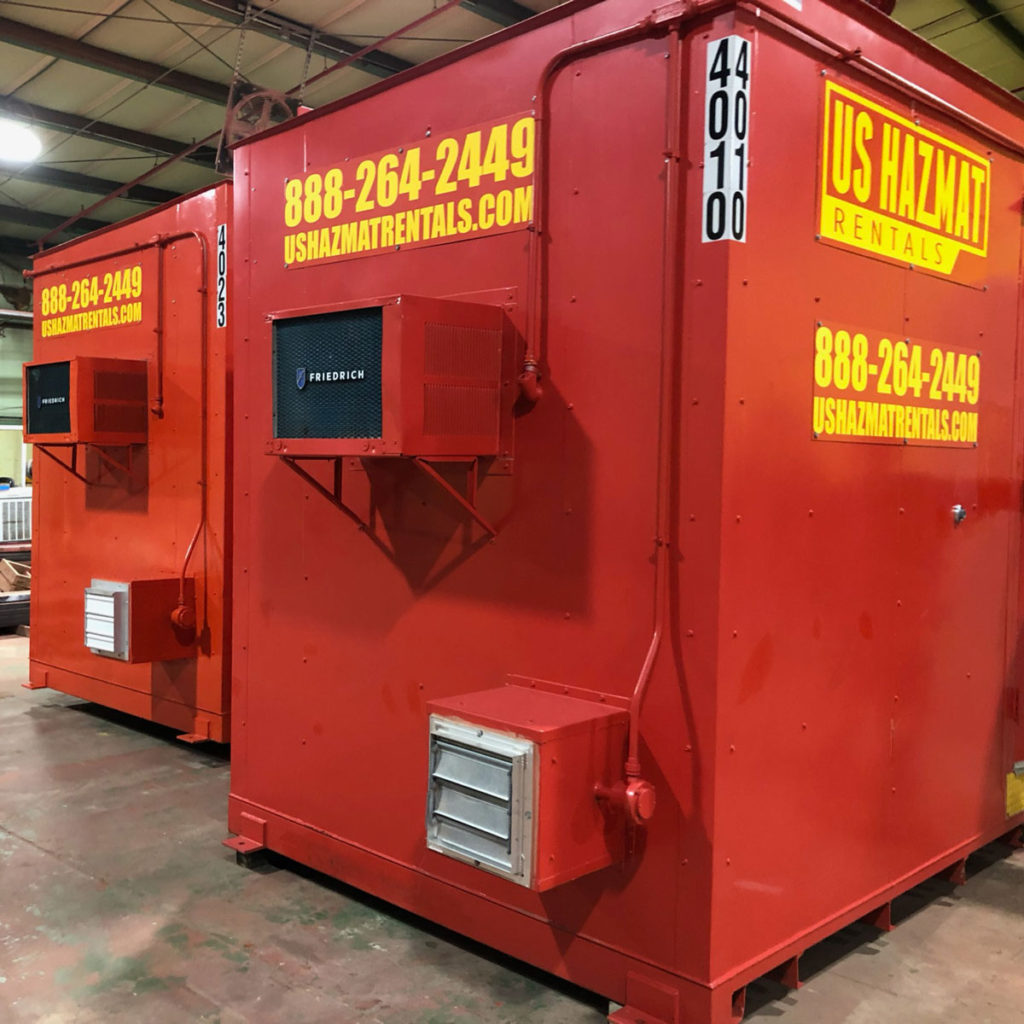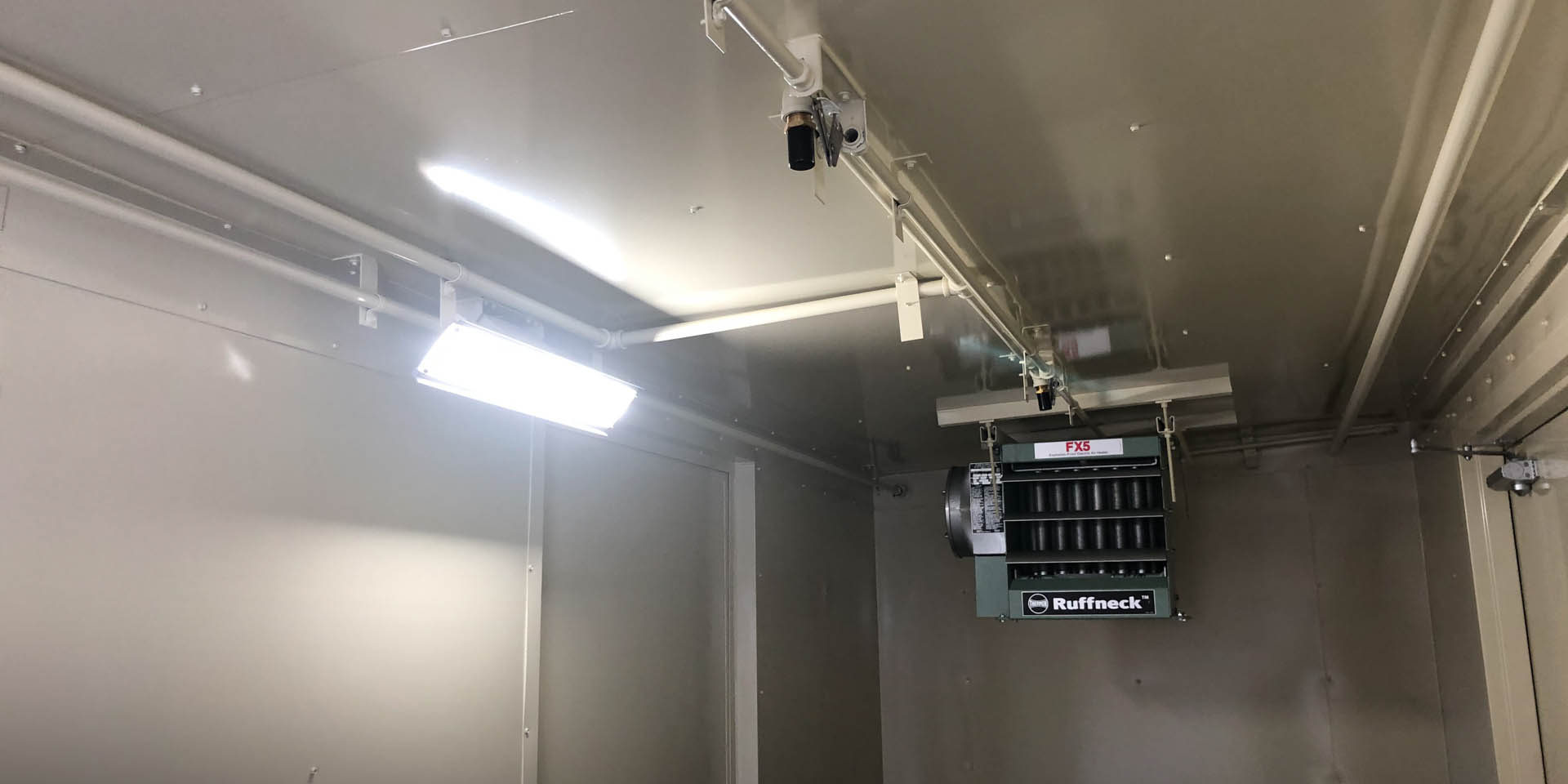A North Carolina manufacturer with a dubious track record of improper chemical storage is again making headlines nationwide for all the wrong reasons. Two workers at Fayetteville company that specializes in recycling animal by-products and super market waste were found unresponsive following a hazmat incident Sunday afternoon. The employees later died and authorities are still searching for the exact cause of death surrounding these peculiar circumstances. While it’s too early for conjecture or finger pointing, a plant employee told a local news outlet that plant workers were perhaps subjected to hydrogen sulfide while working in a pit within the plant, which is where the now deceased were discovered. Understanding chemical ventilation options can prevent similar accidents and save beleaguered companies millions of dollars in civil penalties and fines.
As previously reported, the Fayetteville plant was cited nine times by OSHA between 2012 and 2013. The exact extent of these citations remains unknown. Suffice to say that improper ventilation in working in close proximity to dangerous chemical fuels would fall under the purview of that agency. What makes Sunday’s incident all the more tragic is knowing that it could’ve been completely prevented. By pausing long enough to observe basic guidelines for proper chemical storage and paying respect to hazardous materials these two workers might still be with us today. While it’s not our responsibility to pass judgment to any of the parties involved, we find it’s our duty to educate and inform industrial manufacturers of the perils of insufficient ventilation in chemical storage facilities.
There were 5,333 fatal work injuries recorded across the United States in 2019—the largest annual number since 2007, the latest figures released by the U.S. Bureau of Labor Statistics revealed.
Mechanical Fan-Forced Ventilation Can Reduce the Volatility of Chemical Payloads

Industrial chemicals and hazardous materials carry a bevy of risks. Many of these dangerous chemicals are flammable and toxic to direct human exposure. By even coming with a few feet of certain classifications, employees are putting themselves in imminent danger of these volatile substances. Then there are the far more insidious, yet often overlooked dangers of certain classifications of chemicals. Fumes from hazardous materials can poison the airways. If allowed to accumulate without proper ventilation, the air surrounding chemical payloads can reach dangerous saturation levels. Exposure to chemicals, such as carbon dioxide, which are not flammable, can still pose an inhalation hazard to unprotected workers and vulnerable staff. U.S. Hazmat Rentals chemical storage lockers offer fully customizable passive and mechanical ventilation options to eradicate harmful fumes and vapors.
Explosion Proof Mechanical Ventilation for Flammable Chemicals
When it comes to proper chemical storage, separation is key. Incompatible materials should never be stored in proximity of one another. Even storing dangerous chemicals several feet apart or in a separate compartment is not always enough in preventing a dangerous interaction. Proper chemical ventilation can prevent any inadvertent catalysts from compromising unstable hazardous materials. Passive and mechanical ventilation isn’t limited to simple chemical storage either. Paint mixing and spray stations can quickly choke airways with dangerous paint fumes and toxins. Mechanical ventilation can quickly and effectively alleviate clogged airways by making six air changes per hour at a rate no less than 1 cubic foot per minute. Understanding proper chemical ventilation can also save countless lives in the future.






